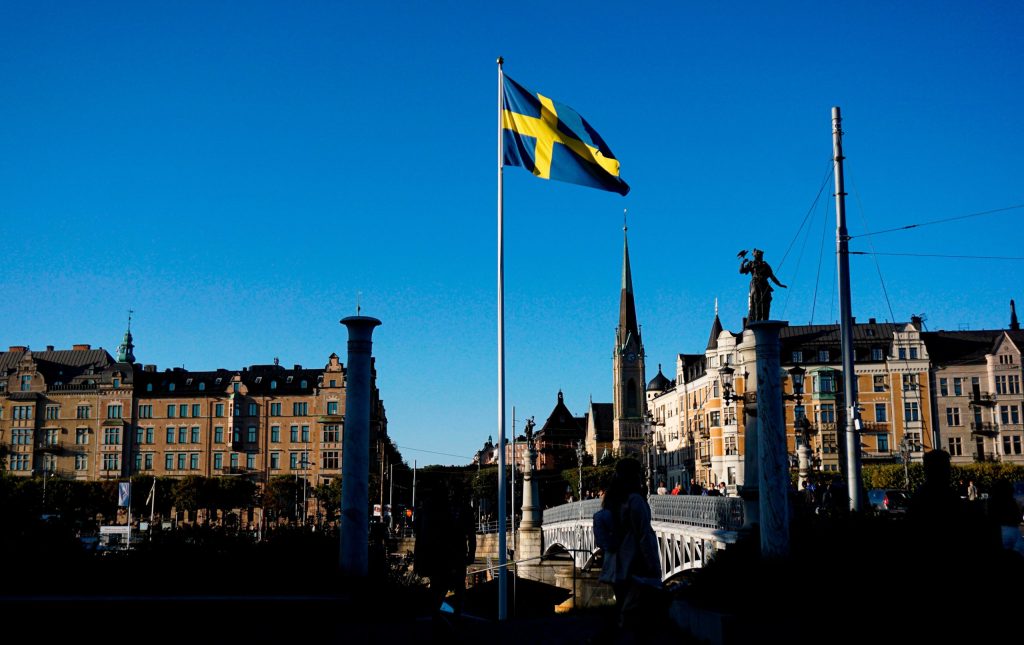Sweden didn’t ‘refuse’ to lockdown. Nor does it have a herd immunity strategy, although it was recognized that some level of immunity in the population could be a side effect of its approach. The false premise of that rumor is that Sweden stayed open in order to allow the virus to spread, thus promoting herd immunity. In reality, Swedish law does not allow for many types of lockdown measures. Even something as simple as closing a beach is tricky because, in general, beach access is covered by the Right of Public Access which, in turn, is enshrined in the Swedish constitution. The limitations of Swedish law partly explain why the parliament passed temporary amendments to the Communicable Diseases Act in the spring, which would have allowed for the closure of shops and other commercial spaces (this provision expired at the end of June without being used).
So Sweden did not refuse to lockdown; rather it was not really an option. The Public Health Agency also believed that voluntary measures would work as well as compulsory ones and that people could be trusted to act responsibly. However, Swedes are not inherently more responsible than other people. But by repeatedly and consistently telling us that we were responsible and could be trusted to use our judgement, the government and authorities performed an extremely effective Jedi-mind trick: we were told that we were responsible, so most of us were responsible.
That said, high levels of societal and institutional trust meant that we were already comfortable with following official recommendations. About 60 percent of Swedes agree that ‘most people can be trusted’ compared to just 38 percent in the US, and institutional trust is also higher in Sweden. Size matters, as well: while Swedes have political scandals like any other country, our politicians and civil servants are not faceless bureaucrats, but fellow Swedes. If I email a public official, I usually expect a response, not a formal letter written by an administrator. However, societal and institutional trust are not intrinsic, and can work in large countries. Trust is earned and nurtured, and it can be lost — an encouragement and warning to any government.
When voluntary measures were first put in place, some people were confused and wanted more specific guidance from the authorities; this led to continuous public conversations, and ultimately a consensus emerged about what was acceptable and non-acceptable behavior. The Public Health Agency understood that daily life is governed just as much by social norms as it is by laws.
In this way, voluntary measures are not inherently inferior or ‘lax’ in comparison to compulsory ones.
Another part of the Swedish strategy is sustainability, the idea that we can live with the measures in place for a long time. This has not worked perfectly but has worked well enough that, for now, the number of new cases at a national level dropped drastically in July and has been stable since.
For the first six weeks of the pandemic, most people who were able to do so went into a self-imposed lockdown. Since then, and with the summer holidays, many people have relaxed into a new normal. That is, very few are partying as if it were February 2020, but sometimes people stand too close in the supermarket line. This change is reflected in mobile phone tracking data, indicating that movement dropped drastically at the end of March, went up during the summer and is now below normal, but higher than at the beginning of the pandemic.
However, there is a sustainability problem when it comes to the elderly: it is simply unethical to isolate ‘at risk’ groups for an indeterminate amount of time. Many care homes were unable to keep the virus out during the spring, leading to a very high death toll amongst residents. Since then, routines have been improved so it is possible, but albeit still challenging, to protect most people at risk. Fortunately, some of the restrictions for care homes will be lifted in October. General recommendations for the elderly are already less restrictive than they were in the spring, and are expected to loosen during the autumn. But this is possible, in part, because there is low community transmission right now.
[special_offer]
As a dual Swedish and American citizen who lived in England for most of the 2000s, I have followed the mask culture wars in the US and the confusion around the changing rules in the UK. And I think that many international audiences are over-analyzing Sweden’s COVID-19 response.
Most people’s experience with Sweden is limited to Ikea and ABBA, and maybe Wallander. This unfamiliarity has turned Sweden into a blank canvas on to which people — from both the left and the right — can project their fears about the virus, the economy and government control. This is why I hesitated to translate the Swedish word ‘grundlag’ into the English word ‘constitution.’ The Swedish constitution is very important, but it does not have the same emotive connotation that the US Constitution has for many Americans.
Sweden’s approach is neither an irresponsible threat to public health nor a libertarian dream defending the last bastion of civil liberties. Rather, the real Sweden is much more complicated and fascinating than these caricatures.
This article was originally published onThe Spectator’s UK website.


















